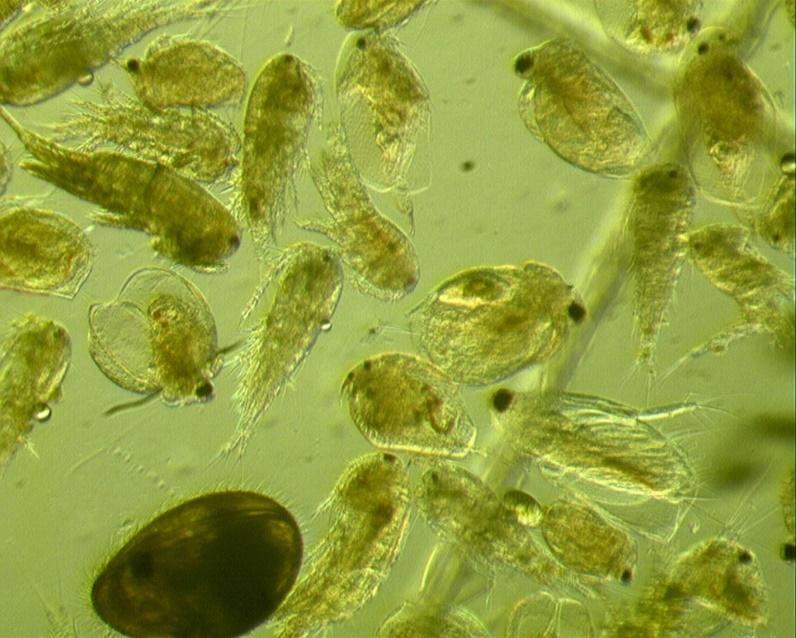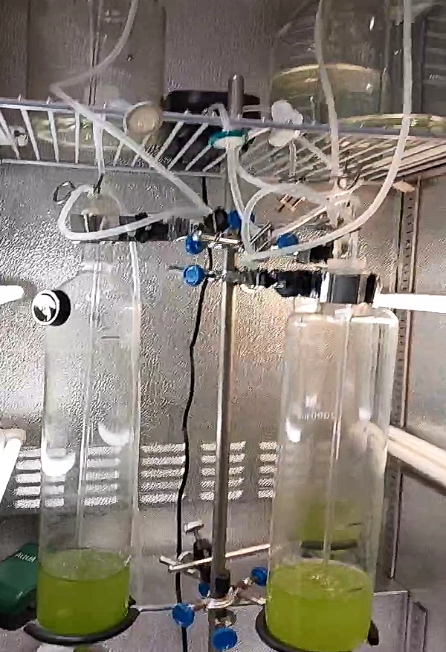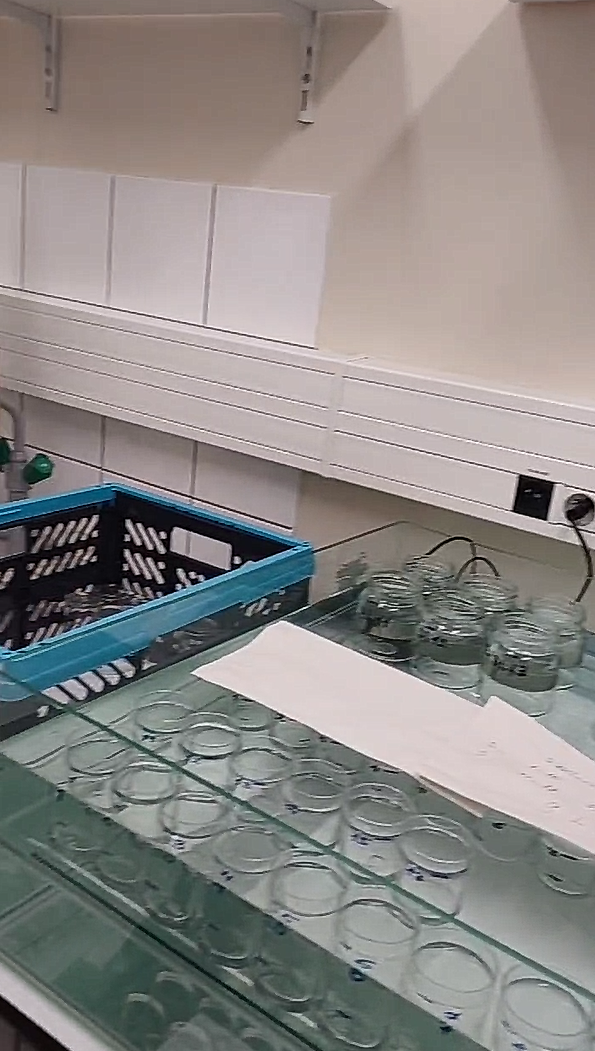
Zooplankton is a key component of the food web in freshwater bodies. Most zooplankton are filter feeders. Therefore, they act as a natural filter that helps to cleanse water bodies. In addition, crustaceans are a valuable food resource for planktivorous fish, containing, in addition to carbon, physiologically important substances that are transferred up the food web and further to terrestrial ecosystems. However, the value of zooplankton depends on the quality of phytoplankton, the main food resource of filter-feeding crustaceans. An increase in the proportion of cyanobacteria in phytoplankton currently poses a huge danger to the functioning of freshwater ecosystems. Cyanobacteria (their outdated name is blue-green algae) are considered a low-quality resource for zooplankton, since they produce toxins and do not contain sterols and polyunsaturated fatty acids, which are protectors of cardiovascular diseases.

"In the twenty-first century, cyanobacteria "blooming" (rapid development) has become a more frequent and large-scale phenomenon due to the combined effects of eutrophication and global warming on aquatic ecosystems. Therefore, cyanobacteria are currently considered a threat to water quality, fisheries and human recreational activities," said Irina Feneva, Doctor of Biological Sciences, leading researcher at the A.N. Severtsov Institute of Ecology and Evolution of the Russian Academy of Sciences (IEE RAS).
Despite the fact that cyanobacteria have been known to be harmful to zooplankton for 150 years, the mechanisms of their impact on zooplankton have not been sufficiently studied. In order to understand how cyanobacteria affect the species structure of zooplankton communities, work was carried out to study the mechanisms of their influence on the dynamics of crustacean populations and their competitive interactions using two species of daphnia as an example. The main hypothesis put forward was that cyanobacteria would alter the outcome of competition between cladoceran species relative to conditions with higher quality food, thus changing the species structure of the community.

A working group of scientists conducted a series of experiments to study the competition between Daphnia longispina and Daphnia magna, which showed that when daphnia were fed high-quality unicellular green algae Chlamydomonas klinobasis, mutual competitive suppression of one species by the other was observed, but both species coexisted. However, in the variant with unicellular cyanobacteria Synechococcus elongatus, both species developed poorly. The growth rate of D. magna was significantly lower than in the variants with high-quality food. The second species D. longispina generally remained at the level of several individuals per liter. However, the analysis of the results did not confirm competitive suppression of one species by the other in this case. The main driver of population dynamics were cyanobacteria, which significantly restrained the population growth of daphnia due to a lack of sterols in them. It turned out that D. longispina is more sensitive to a lack of sterols than D. magna. For this reason, the growth of this species was not suppressed by another species, but was only greatly slowed down by poor-quality food. It was concluded that in order to increase the growth of daphnia and increase the biodiversity of zooplankton communities, it is necessary to reduce the percentage of cyanobacteria in phytoplankton.
A mathematical model was created to predict the dynamics of the abundance of cladocerans under conditions of active development of cyanobacteria. The model, taking into account the main mechanisms of competitive interaction of planktonic crustaceans during cyanobacterial "blooms", will allow developing a system of measures aimed at creating favorable conditions for the development of freshwater zooplankton.
The article was published: Feniova I.Yu, Brzeziński T., Bednarska A., Dzialowski A.R., Petrosyan V.G., Zilitinkevich N.S., Dawidowicz P. Effects of cyanobacteria on competitive interactions between different-sized cladoceran species // Water. 2025. Vol. 17 (7). 1014.
Related materials:
RAS: "Reasons for the negative impact of cyanobacteria on the species structure of zooplankton communities"
